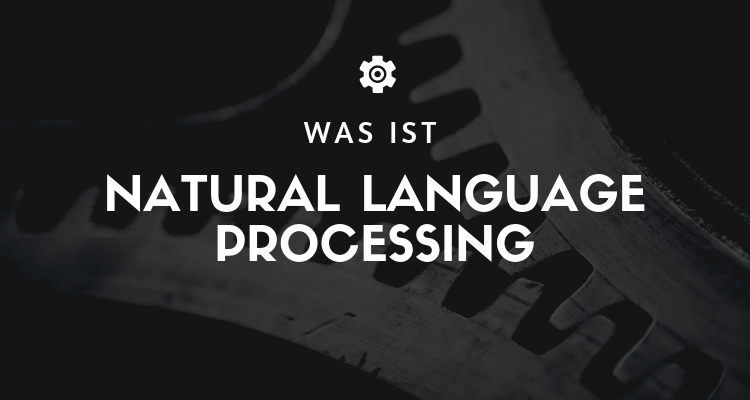
What is Natural Language Processing?
Natural Language Processing, NLP for short, is a way for computers to analyze, understand, and process the meaning of human language in an intelligent and useful way. By using NLP, developers can organize and structure knowledge to perform tasks such as automatic summarization, translation, named entity recognition, relationship extraction, sentiment analysis, speech recognition, and topic segmentation.
NLP is used to analyze text so that machines can understand how humans speak. This human-computer interaction enables real-world applications such as automated text summarization, topic extraction, and more. It is especially widely used for text mining, machine translation, and automated question answering.
Human language is rarely precise or simply spoken. Understanding it means understanding not only the words, but also the concepts and how they are connected in order to make sense of them. The ambiguity of language is what causes the most difficulty for a computer to understand.
What can developers use Natural Language Processing algorithms for?
Typically, the Natural Language Processing-algorithms on machine learning algorithms. Instead of manually programming large sets of rules, NLP can rely on machine learning to automatically learn rules. This is made possible by analyzing a set of examples (i.e., a large corpus, like a book, down to a collection of sentences) and drawing a conclusion. In general, the more data that is analyzed, the more accurate the model will be.
- Summarize blocks of text to extract the most important and central ideas of a text while ignoring irrelevant information.
- Create a chat bot.
- Automatic generation of Keyword-tags from content using AutoTag.
- Identify the type of extracted entity, e.g. a person, place or organization.
- Use mood analysis to identify the mood of a text sequence, from very negative to neutral to very positive.
- Reduce words to their root or stem with PorterStemmer.

